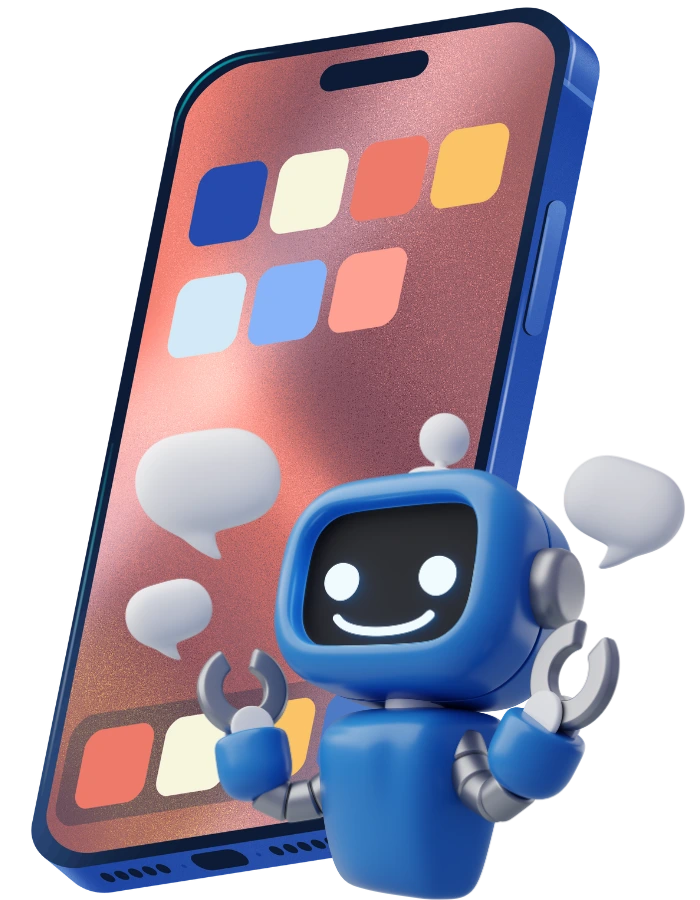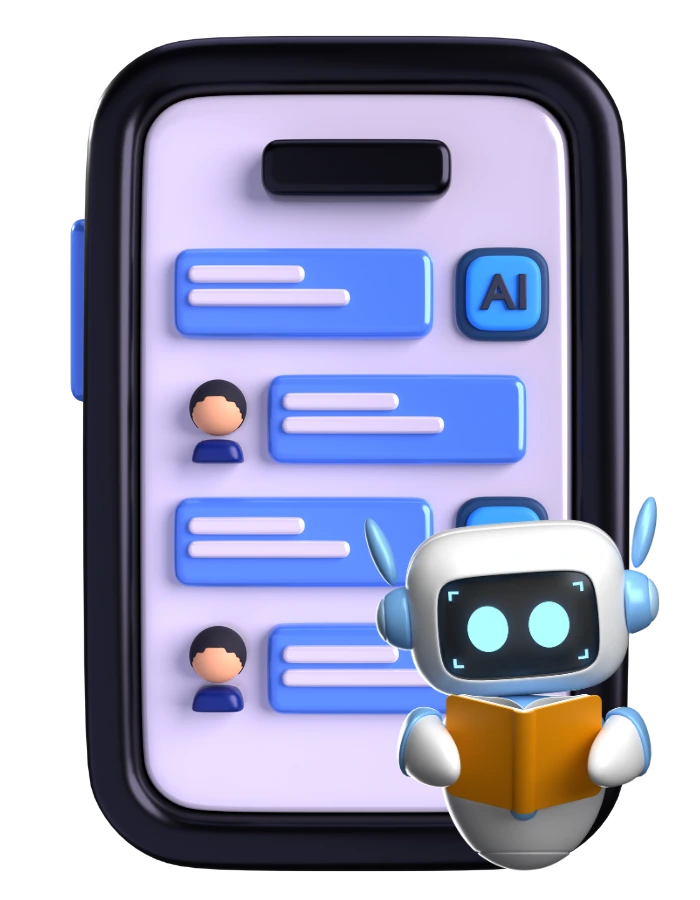In today’s fast-paced development environment, AI coding assistants like Cursor have become indispensable tools. However, the key to maximizing their potential lies not just in knowing how to use them, but in understanding the best practices that transform them from simple code generators into powerful development partners.
This blog post explores real-world scenarios and best practices for using Cursor AI effectively, based on actual development experiences involving complex debugging, visual testing, and systematic problem-solving.
The Challenge: When AI Meets Real-World Complexity

Consider this scenario: You’re working on a web application with a modal that’s supposed to display as an overlay but instead opens as a full page. The calculations are incorrect, UI elements are overlapping, and critical buttons are missing. This isn’t just a simple bug fix—it’s a multi-layered problem requiring systematic analysis, visual verification, and careful implementation.
This is where most developers struggle with AI assistants. They either ask too broadly (“fix this bug”) or too narrowly (“change this line of code”), missing the systematic approach needed for complex issues.

Best Practices for AI-Assisted Development
1. Start with Context, Not Code
The Problem: Many developers jump straight into asking AI to fix specific code without providing adequate context.
The Solution: Always begin by explaining the broader context:
❌ “Fix this modal display issue”
✅ “The modal is opening as a full page instead of displaying as an overlay like it does in our other implementation. Also, the calculations are incorrect and the currency icon is overlapping with input data.”
Why This Matters: AI needs to understand the expected behavior, the current behavior, and the context of your application to provide effective solutions.
2. Use Visual Testing as Your Compass
The Problem: Developers often assume code changes work without visual verification.
The Solution: Always test changes visually, especially for UI-related issues:
– Take screenshots before and after changes
– Test user interactions (clicking, typing, scrolling)
– Verify changes across different screen sizes
– Document visual changes with screenshots
Real Example: In our debugging case, we discovered that CSS changes weren’t applying until we rebuilt the assets. Visual testing revealed this immediately, saving hours of debugging.
3. Break Down Complex Problems Systematically
The Problem: Trying to fix multiple related issues simultaneously often leads to confusion and incomplete solutions.
The Solution: Create a systematic approach:
1. Identify all related issues (modal display, calculations, UI overlap, missing buttons)
2. Prioritize by impact (user experience first, then functionality)
3. Fix one issue at a time with verification after each fix
4. Test the complete solution before moving to the next issue
4. Leverage AI for Pattern Recognition
The Problem: Developers often miss patterns that AI can easily identify.
The Solution: Use AI to:
– Compare implementations between different parts of your application
– Identify inconsistencies in code patterns
– Suggest improvements based on best practices
– Analyze similar issues in your codebase
Example: When fixing calculations, we had AI compare the current implementation with a working version to ensure consistency.
5. Always Verify with Real Data
The Problem: Testing with placeholder or dummy data often misses real-world edge cases.
The Solution:
– Use actual production data (anonymized) for testing
– Test with different data scenarios
– Verify calculations with known correct values
– Test edge cases and error conditions

6. Document Your Process
The Problem: Developers often forget the reasoning behind their changes, making future maintenance difficult.
The Solution:
– Document the problem clearly
– Explain the solution approach
– Note any assumptions or limitations
– Include before/after screenshots
– Update documentation as you go or ask AI to update documentation after every Git commit
– Add this to cursor rules
7. Use AI for Code Review and Quality Assurance
The Problem: Developers often miss subtle issues in their own code.
The Solution: Use AI to:
– Review code for potential issues
– Suggest improvements
– Check for consistency
– Identify security concerns
– Verify best practices
8. Iterate and Refine
The Problem: First solutions are rarely perfect.
The Solution:
– Start with a working solution
– Iterate based on testing results
– Refine based on user feedback
– Continuously improve the implementation
The Systematic Approach in Action

Let’s walk through how we applied these practices to fix a complex modal issue:
Step 1: Context Gathering
– Identified the specific problems (modal display, calculations, UI issues)
– Compared with working implementation
– Understood the expected behavior
Step 2: Visual Testing with MCPs
– Playwright MCP: Automated browser testing to verify modal behavior
– Screenshot Capture: Documented current state and changes visually
– Element Interaction: Tested clicking, typing, and user interactions
– Page State Analysis: Understood the application’s current state
Step 3: Systematic Fixing with Enhanced Tools
– Built-in Codebase Search: Found patterns and compared implementations
– Built-in Terminal Commands: Rebuilt assets when CSS changes weren’t applying
– Code Comparison: Used AI to identify differences between different implementations
Step 4: Verification with MCPs
– Playwright MCP: Automated testing of the complete solution
– Visual Verification: Screenshots confirmed all fixes were working
– Real Data Testing: Used actual data for testing
– Cross-Platform Testing: Verified functionality across different scenarios
Common Pitfalls to Avoid
1. Assuming AI Understands Context
Don’t assume AI knows your application’s architecture, business logic, or user expectations. Always provide context.
2. Skipping Visual Verification
Code changes that look correct in the editor might not work as expected in the browser. Always test visually.
3. Fixing Multiple Issues Simultaneously
This often leads to confusion and makes debugging harder. Fix one issue at a time.
4. Not Testing with Real Data
Placeholder data can hide real-world issues. Always test with actual data when possible.
5. Ignoring User Experience
Technical fixes that don’t improve user experience are incomplete. Always consider the end user.
Key Takeaways
1. Context is King: Always provide comprehensive context when working with AI
2. Visual Testing is Essential: Don’t assume code changes work without visual verification
3. Systematic Approach: Break down complex problems and fix them one at a time
4. Real Data Testing: Always test with actual data, not just placeholders
FAQs
1. What is Cursor AI and how does it help developers?
Cursor AI is an AI coding assistant that provides context-aware suggestions, helps debug complex issues, and enhances productivity with visual testing and systematic analysis.
2. How can I maximize Cursor AI’s effectiveness?
Provide full context, use real data for testing, leverage AI for pattern recognition, and adopt a systematic approach to problem-solving.
3. Can Cursor AI replace human judgment?
No. AI amplifies human capabilities but does not replace human decision-making or understanding of user experience.
4. Are AI-assisted debugging tools reliable for production-level software?
Yes, if used with proper visual verification, real data testing, and systematic validation practices.
5. What are MCPs and how do they complement Cursor AI?
Microsoft Certified Professionals (MCPs) provide specialized tools like Playwright and DevTools for visual testing, automation, and code analysis, enhancing AI-assisted development workflows.
Resource Center
These aren’t just blogs – they’re bite-sized strategies for navigating a fast-moving business world. So pour yourself a cup, settle in, and discover insights that could shape your next big move.
How Serious Are the New React & Next.js RCE Vulnerabilities?
The JavaScript ecosystem woke up to a major security alarm this week. Two newly disclosed vulnerabilities — CVE-2025-55182 (React) and CVE-2025-66478 (Next.js) — expose millions of applications to unauthenticated [...]
How can businesses integrate ChatGPT-style services into their existing workflows?
In today’s competitive landscape, organisations are under constant pressure to innovate, accelerate delivery, and streamline operations. As businesses re-evaluate traditional processes, ChatGPT-style AI services are emerging as one of [...]
Are AWS Frontier AI Agents Redefining the Future of Autonomous Software Development?
In our two decades of engineering experience, we’ve witnessed dozens of technological waves—cloud adoption, container orchestration, serverless evolution, full-stack automation, LLM assistance, and more. But every once in a [...]

